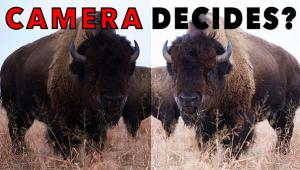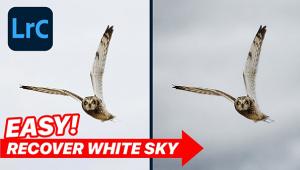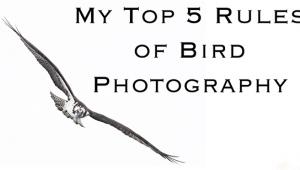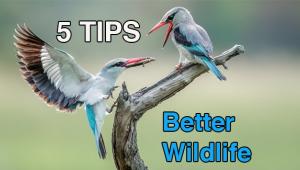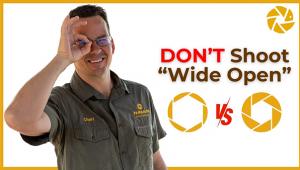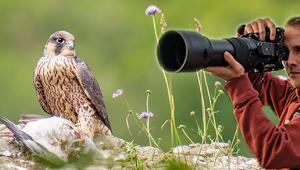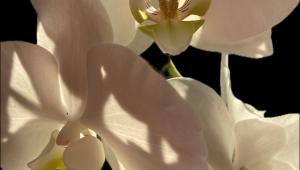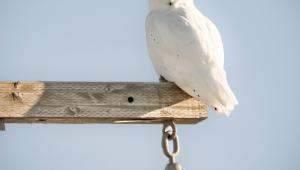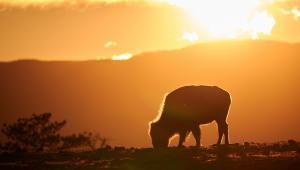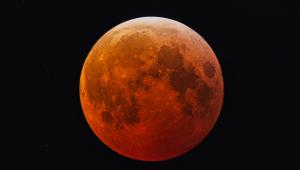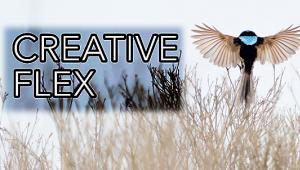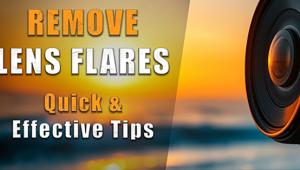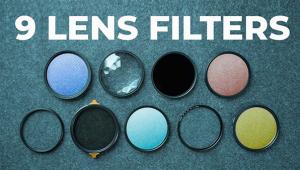Nature Photos with Perfect Image Quality Using Any Camera & Lens (VIDEO)
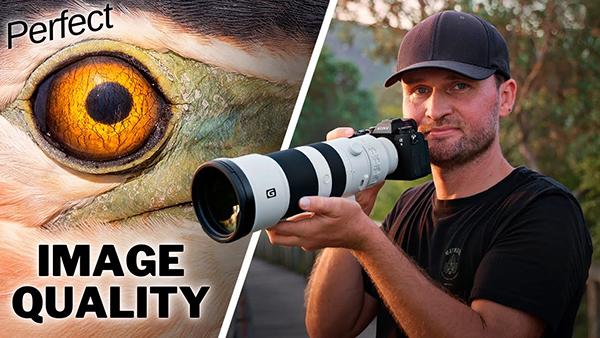
It sure would be nice if all you had to do is zoom in tight to capture wildlife photos with razor-sharp details and no distracting image noise. Unfortunately, all too often that's not what happens because something off. Today's comprehensive tutorial from Australian pro Jan Wegener will set you up for consistently stunning results.
Wegener has been a bird photographer for over two decades and the goal of his helpful how-to videos is to "help others in their quest to capture and edit bird photos and find the right gear for the job." Today's 14-minute episode is all about maximizing image quality "with any camera and lens."
The tips in this lesson are presented in the context of photographing our feathered friends, but you'll quickly realize that Wegener's advice is equally applicable for capturing great images of other subjects in the field. And if you're curious about the gear he prefers, there's a list in the description beneath the video.

Wegener begins with the important reminder that your gear must be absolutely clean, especially the front and rear elements of your lens. A clean sensor is also essential, as are your lens filters (whether they thread onto the lens or are the drop-in type used with some long telephotos. He also recommends removing UV or other protection filters for reasons he explains.
You should always use a lens hood to prevent stray light from entering the lens. As he says, "if we get too much side light on the front element it may ruin contrast in our images." This issue may also make it difficult for the camera to attain precise focus. Another concern is that hoods on shorter lenses may be to shallow to get the job done, in which case it's easy to use a free hand to block extraneous light.
Wegener also reviews critical camera settings, describes the difference between shooting Raw files and Jpegs, and a variety of other considerations that contribute to maximum image quality. The also explains the concept of Rolling Shutter, along with what he says is "the number one reason for bad image quality" and how to avoid it.
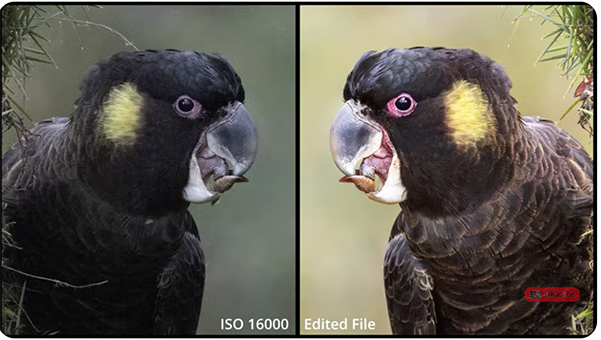
If bird photography strikes your fancy, be sure to visit Wegener's popular YouTube channel where there are many more instructional videos that will quickly expand your skills.
And on a related note, don't miss the earlier tutorial we featured with another accomplished bird photographer who demonstrates her five favorite tips for boosting the creative impact of every wildlife photograph you shoot.
- Log in or register to post comments



